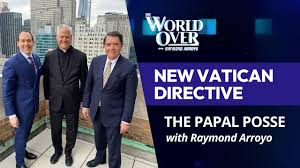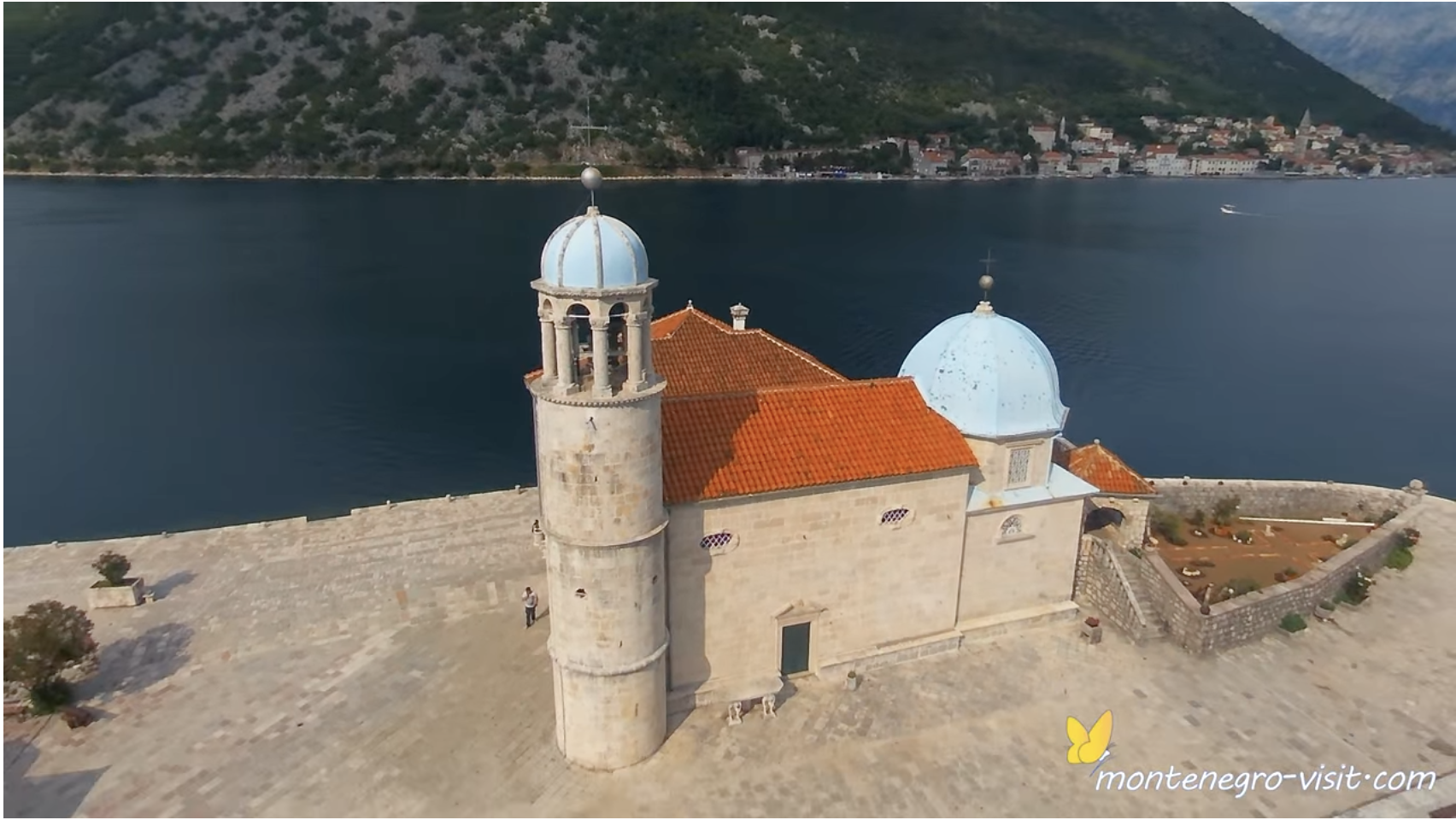A true story: Mr. Clyde King, the steady sacristan at my parish here in northern California approached me one day after Mass last year, asking if perhaps I could fill in for him for about ten days. He might be going out of town, though this was not yet assured; he wanted to line someone up, with plenty of notice, just in case.
He was planning, or rather hoping, to go to Lourdes; he has been battling melanoma since 2009. He had had one surgery to remove a tumor from his left temple, and another one in late 2010 to remove three more tumors just beneath his jaw line. Aside from that procedure, which excised a portion of his neck along with the cancer, no one would have any reason to suspect he’d had a brush with a life-threatening illness. He looked sturdy and walked strong. His vigor was such that I was surprised to learn he was over sixty-five. And for the moment, all the melanoma had been removed.
Still, he put in an application to join an annual pilgrimage sponsored by the Knights of Malta, who take malades – pilgrims who are sick enough to qualify but well enough to travel. Not every applicant, of course, can be accommodated, and he was put on the waiting list. He responded with equanimity, saying simply that Mary will decide who ends up going.
Soon afterwards, the radiologist called and somberly informed him that a routine follow up PET scan revealed the presence of yet another and severe (stage 4 melanoma) tumor – this time in his chest, on the right side of his windpipe. Both surgery and treatment would be required.
With no knowledge of that dispiriting medical development, the pilgrimage organizers then notified him – approximately a week before the pilgrimage to Lourdes was set to begin – that a space had opened up. It was time to pack.
So off he went – hopefully, yet calmly disposed to accept the eventual outcome. He participated in all the usual activities in Lourdes, including Masses and immersion in the baths. He was fully committed to the spirit of the pilgrimage, but to be frank, wasn’t quite comfortable with the protocol of having to remain in a cart while going from point A to point B, since he was quite capable of walking on his own.
He submitted to all that the itinerary entailed, however, and used later moments of free time to walk the stations of the cross on the hill above town, or return to the Grotto in the quiet of the evening.
While he was in Lourdes, his doctor – quite concerned about the results of yet another test taken just before he left – contacted his wife in order to set up a new appointment as soon as possible. He was set to return on a Wednesday. So without her husband’s knowledge, she scheduled an appointment for Thursday. More tests were taken that day.
The results came back the following Monday – and the doctor was utterly nonplussed to discover that all signs of the melanoma had disappeared. His regular oncologist would later tell him: “I don’t believe in miracles, but in your case, I may have to rethink that.”

The grotto at Lourdes
That same Monday evening, with the sacristan back at his usual spot beside the altar, our deacon reported the good news during the homily at the daily mass. Even the greatest stickler about liturgical irregularities, I suspect, would not have objected to the applause that spontaneously rose at this electrifying announcement.
That was about ten months ago – and every subsequent test has verified his cancer-free status; the medical bureau at Lourdes will likely be evaluating his remarkable case.
While I was in Lourdes this past September, I happened to meet, through the gracious hospitality of its medical director, two Italian women (among the sixty-seven total people) who were “officially” declared, after exhaustive and lengthy investigations, to have been miraculously healed.
One of these women was not cured on the spot when she came to Lourdes in August of 1976 as an 11-year-old girl suffering from a malignant tumor (sarcoma) in her knee. She returned home in the same condition. And over the next months things got worse.
Pain intensified, walking became impossible, and her health deteriorated. She weighed only forty-eight pounds and her mother had prepared a burial gown. Yet she and her family – indeed her whole Sicilian village – continued to pray to Our Lady of Lourdes.
Out of the blue one December morning, she woke up ready to go outside and walk, which she did without pain; thus began her “scientifically inexplicable” recovery.
The parable of the persistent widow (Luke 18:1) must hold a special place in their hearts.
I asked this woman to pray just one Hail Mary for the conversion of some people close to me who have left the Church. I’m glad I did, but reflecting on it now, perhaps I should take a page out of her family’s playbook and not allow my own persistence in prayer to flag.
The way in which she was cured – back at home and after the fact – is one reason I wanted to relate this story today, the Feast of Our Lady of Lourdes, about my fellow parishioner, since not everyone in need of healing may be able to make it to Lourdes, or receive such a radical response.
May those suffering in body, mind and spirit not lose hope: Our Loving Mother wants us to turn to her – and to give her Son to those whose hearts are open to receive Him. Aside from the graces she dispenses in abundance, there are, according to St. Catherine Labouré, even more graces we don’t access because we neglect to ask for them.














